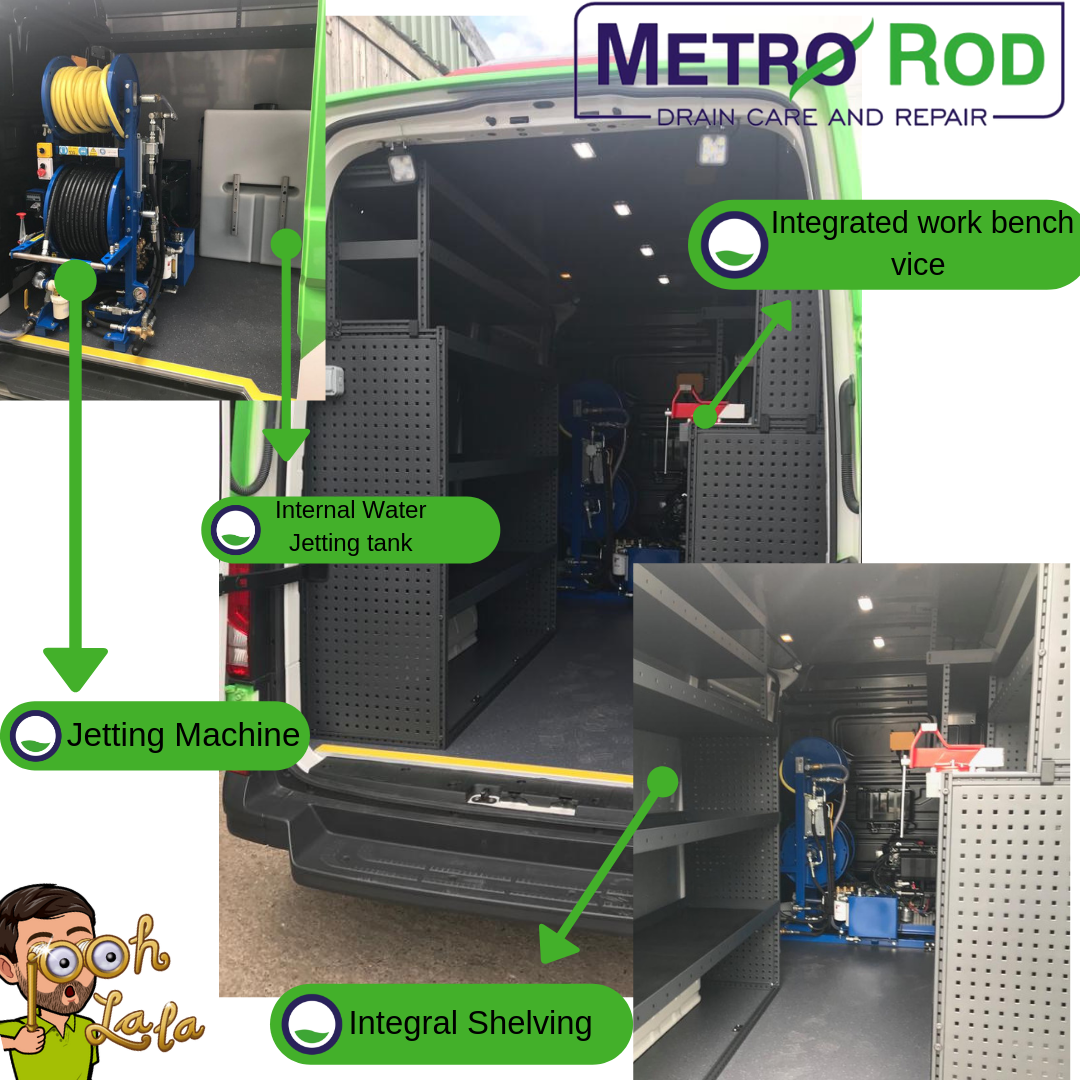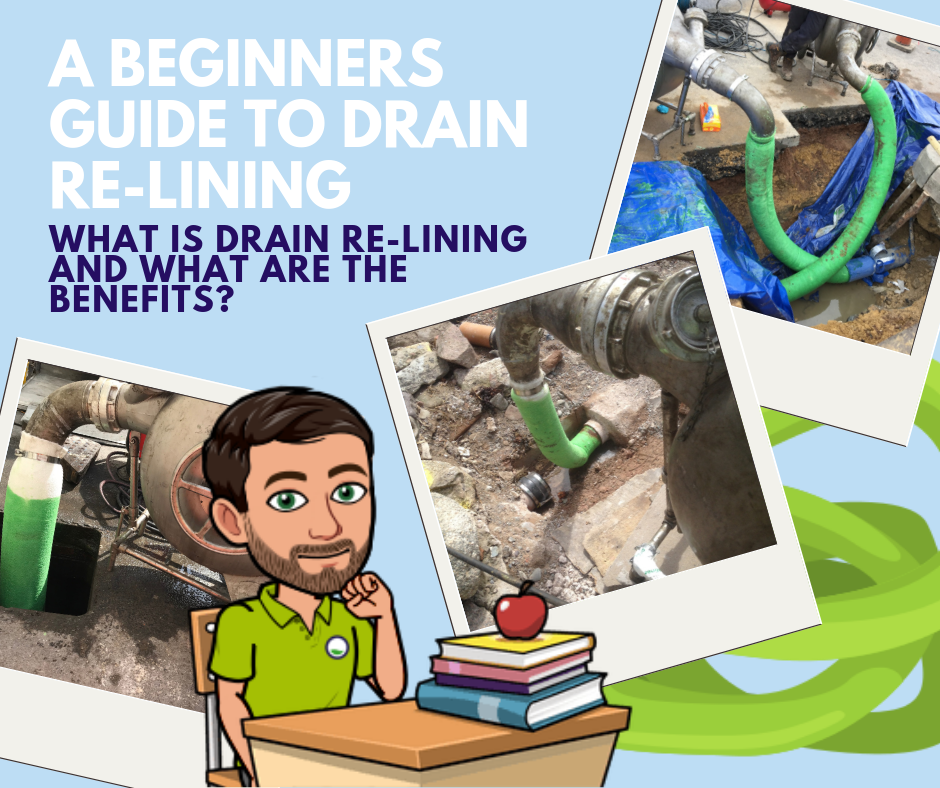What is a soak-away?
A soakaway is a very effective method of dealing with surface water. Usually leading off from a gully or septic tank, they allow the surface water to run off and percolate into the ground, dispersing the excess water with the added bonus of offering a great source of water for gardens! Often soakaways can be found to the rear of a property and are a great way of dealing with excess water during periods of heavy rainfall.
From January 202o however, surface water will no longer be permitted to flow into a soakaway./drainage field that comes from a septic tank. A septic tank must have it's own Soakaway/drainage field, which must be constructed of pipework. Find out more
Essentially, a soak away is a hole in the ground that is filled with course stone, rubble or for more recently installed systems; specially designed crates, that allow water coming in to be filtered and released slowly and evenly into the surrounding ground. Essentially, it takes the excess water from your house and disposes of it back into the ground!
How is a soak-away installed?
Before installing a soakaway, a percolation test will need to be performed, which will ensure that the ground surrounding it is suitable for allowing the water to drain away quickly and effectively. It’s important to make sure that the composition of the ground material allows for suitable draining so that the area doesn’t become water logged and flooding can occur. Areas which are high in clay content for example, are not suitable as the water cannot successfully drain and therefor collects and floods.
Once the area has been identified, a trench with pipework running from the property is dug, and concludes in a deeper hole which befilled with rubble or course stone. In more recent years, specially designed crates packed with sand to keep them secure, are used which have been designed with the intention of allowing the water to flow away and distributed into the ground evenly. Once installed, the surrounding area can be re-landscaped so you’d never even know it was there!
How do you maintain a soak-away?
Regular maintenance of soakaways is quick and easy. The area surrounding it should be kept free from weeds and roots which can penetrate into the ground and effect its efficiency. Regular visual inspections of the area should take place – ideally at least annually. This will allow for any issues to be spotted and managed accordingly. Areas of water logging can be a clear indication that there is increased silt build up and therefore further maintenance may be required. This is quick and easy to do, with the help of an expert, and is usually done within a short amount of time and with minimal cost.
Key terms:
Drainage field >> A drainage field and a soakaway are really one of the same, a drainage field however is the term used specifically for the pipework that send the effluent from a septic tank to ground. A drainage field will cover a larger surface area, than surface water soakaways with many pipes connecting the the main line allowing the effluent more space to go to ground correctly. As part to the new law coning in regarding septic tanks, they must discharge into a drainage field or the septic tank is in breach.
Percolation test>>A percolation test is a simple test that identifies whether or not the ground works surrounding a soakaway will allow for suitable drainage. A hole is dug in the ground in the potential area where the soakaway is planned to be installed, and filled with water. A timer is then set and the water is monitored to see how long it takes to drain away. The length of time it takes will confirm whether or not the area is suitable for the soakaway.
Gully>>A gully is a small chamber with an open top covered with a grating which collects surface water and discharges it to a drain or watercourse.
New Septic tank regulations- January 2020
The Laws around septic tanks and how the discharge is changing. As of the 1st of January 2020 all septic tank and discharges should be up to date with new regulations, if a property with a septic tank is being sold then this needs to be done before the house sale can go through! Find out more here

Talk to your local Metro Rod specialist
We are always happy to arrange a free site assessment and no obligation quotations for any work you might need. Alternatively, you can call our emergency hotline number on 0800 66 88 00
Get in touch Drainage Services


